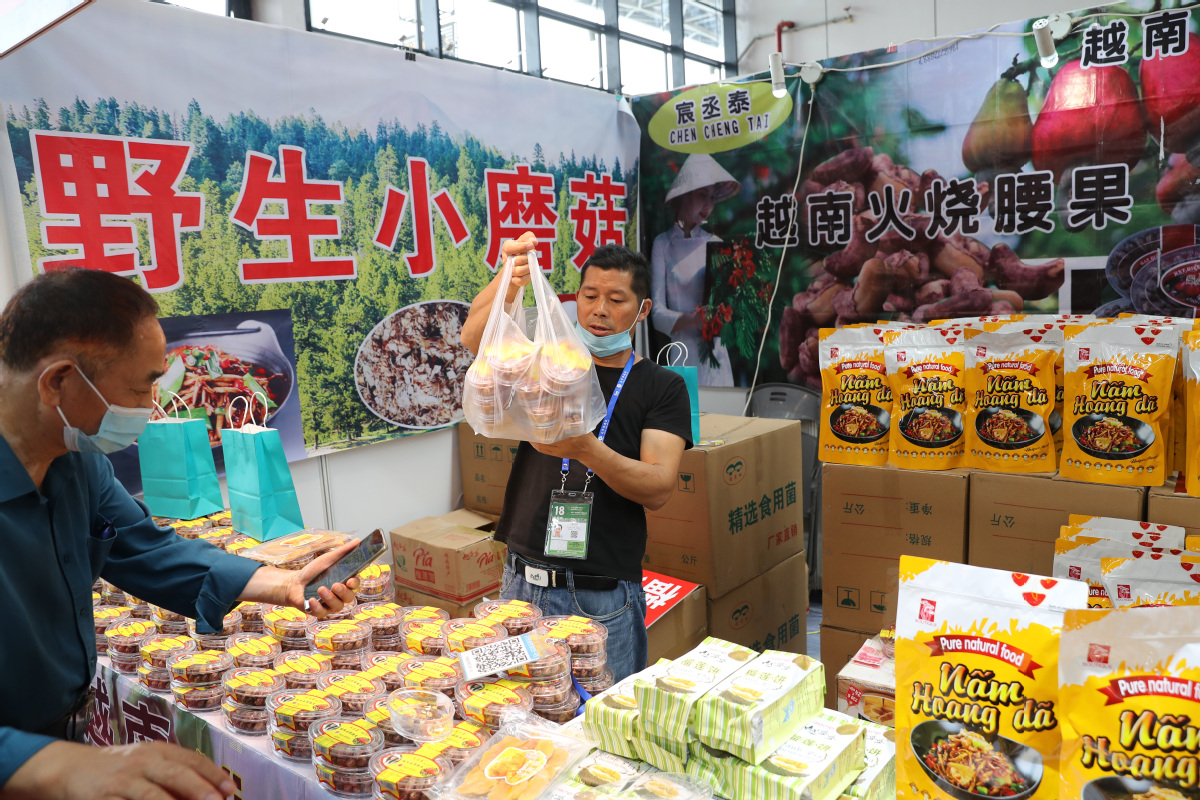RCEP to boost trade flows and supply chain network in Asia-Pacific


The expected implementation of the Regional Comprehensive Economic Partnership agreement next year will widen trade flows and consolidate the supply chain network in the Asia-Pacific region, economists and business leaders said.
Despite the adverse effects of the COVID-19 pandemic on the region's economic growth, the RCEP will help China mitigate the impact caused by an aging society and pave the way for both Chinese and global companies to export more products like fruits, aquatic goods, machinery and electric passenger vehicles to various markets within the region, said Rajiv Biswas, Asia-Pacific chief economist at global research and information provider IHS Markit.
"Innovations in trade policies, products and practices will be the cornerstones of progress for China and its partners to persevere on the path of development," said Lawrence Loh, director of the Centre for Governance and Sustainability at the National University of Singapore's Business School.
Specifically, China can leverage much from its leadership in global collaborations such as the Belt and Road Initiative, participation in free trade agreements like the RCEP, and sound management of the domestic economy, he said.
The RCEP is a free trade agreement concluded in November between the 10 member states of the Association of Southeast Asian Nations-Brunei, Cambodia, Indonesia, Laos, Malaysia, Myanmar, the Philippines, Singapore, Thailand and Vietnam-and five of its FTA partners, namely Australia, China, Japan, New Zealand and the Republic of Korea.
Arthayudh Srisamoot, Thailand's ambassador to China, said the RCEP will lay the foundation for more intraregional trade and GDP growth when it comes into force if the public looks at how the free trade agreement between ASEAN and China has boosted economic and trade ties between the two sides, or how a free trade deal between China and the Republic of Korea has contributed to bilateral trade.
"With the RCEP in force, it will attract more investments from outside the region, especially against the backdrop of the global pandemic, thus reducing the impact of the COVID-19 pandemic on the economies in the region," he said, stressing the massive deal will not only be an economic recovery tool against the disease but also help ensure the opening of markets as well as uninterrupted supply chains.
Glenn G. Penaranda, commercial counselor of the Philippine embassy in China, said the pact will help achieve a high level of openness within the region.
"With regard to trade in goods, member countries will further open their markets to each other, as well as reinforce the collaboration of regional supply chain development to better prevent risks," he added.
According to the common rule of origin established by the agreement, only 40 percent of regional content is required for goods to be considered of RCEP origin, much lower than the threshold of other free trade agreements.
Backed by sales and service networks and a large number of employees in Indonesia, Vietnam and Malaysia, OSell, one of China's major cross-border e-commerce platforms, plans to build more warehouses and service centers to expand into ASEAN markets.
"The RCEP will support the growth of both regional and global trade, cross-border e-commerce and related industries, and create a more stable and open investment environment for global companies investing in the region," said Feng Jianfeng, chairman of the Chongqing-based company.
Iris Pang, chief China economist at Dutch bank ING, said the major challenge for China's long-term growth is (strengthening its) technological competitiveness in the international environment. This does not only mean producing top-notch technologies but also being able to export them to the rest of the world.
"The dual-circulation growth paradigm is always needed for a big economy like China. International trade offers both seller and buyer economies a better price for the same transaction than traded within their own economies," she said, noting domestic circulation provides the backbone support for the economy when the external side is weak.
Proposed by the central leadership, the dual-circulation growth pattern has emerged as the overriding economic theme, with innovation, opening-up and the need to boost domestic demand identified as priorities during the 14th Five-Year Plan period (2021-25). It sees domestic circulation as the mainstay, with domestic and international circulation reinforcing each other.




































